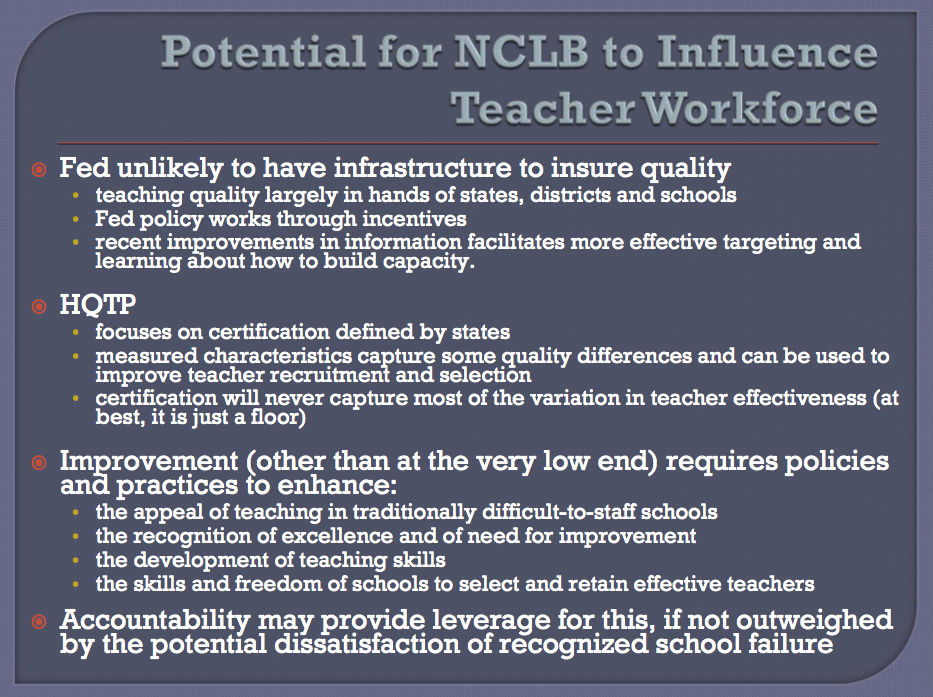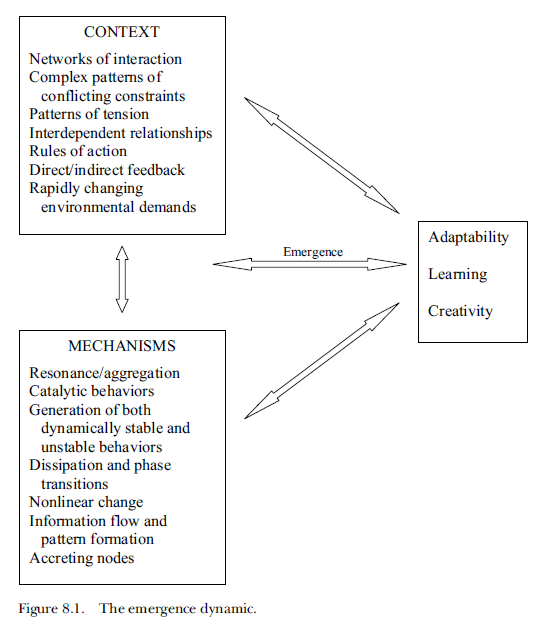Anagnorisis & Peripeteia
This week I had an opportunity to read scholarship submissions at Wilson High School for the vocational education program. On the table was two years full tuition and books for a vocational path of your choice (primarily encouraging state colleges and vocational schools). Of interest was the fact that I had the honor of sitting across the table from past Washington Senator Joe Stortini, currently restaurateur of some notoriety from Joeseppi’s Italian Ristorante on North Pearl in Tacoma. Our cordial discussion and history walk was enthusiastic and energizing. Joe was key to early educational legislation including the many tweaks to collective bargaining and implementation of constitutional mandates to fund basic education. Between 1969 and 1977 he sponsored or co-sponsored many bills during a complicated time that included the emergence of many of the foundations that are being debated today during less comfortable economic times.
But, our discussion turned to the programs in Tacoma to encourage the options for kids beyond the typical college bound mentality that often dominates the conversation in many circles. This is understandable in an environment focused on test scores, standards and a desire to assure that 100% of our children are prepared for post-secondary education. What Joe and I talked about was the reality that many kids need another path – whether in the arts, or metalworking, or the culinary arts – they need a path for success that doesn’t label them a failure if they can’t get into a “acceptable” college. The video below confirms this notion, although you will need patience to get through the dialog to reach the conclusions at the end. But, the anagnorisis of this is clear when you consider Mike Rowe’s insight into “Dirty Jobs.”
I like that he points out we are “at war” with the notion of work. It is clearly true that we are in the process of creating ever new generations of complacency where we have been taught that work is bad and following your passion means finding the “get rich quick scheme” that will fuel an early retirement.
Mike has introduced me to my peripeteia. How about you?


